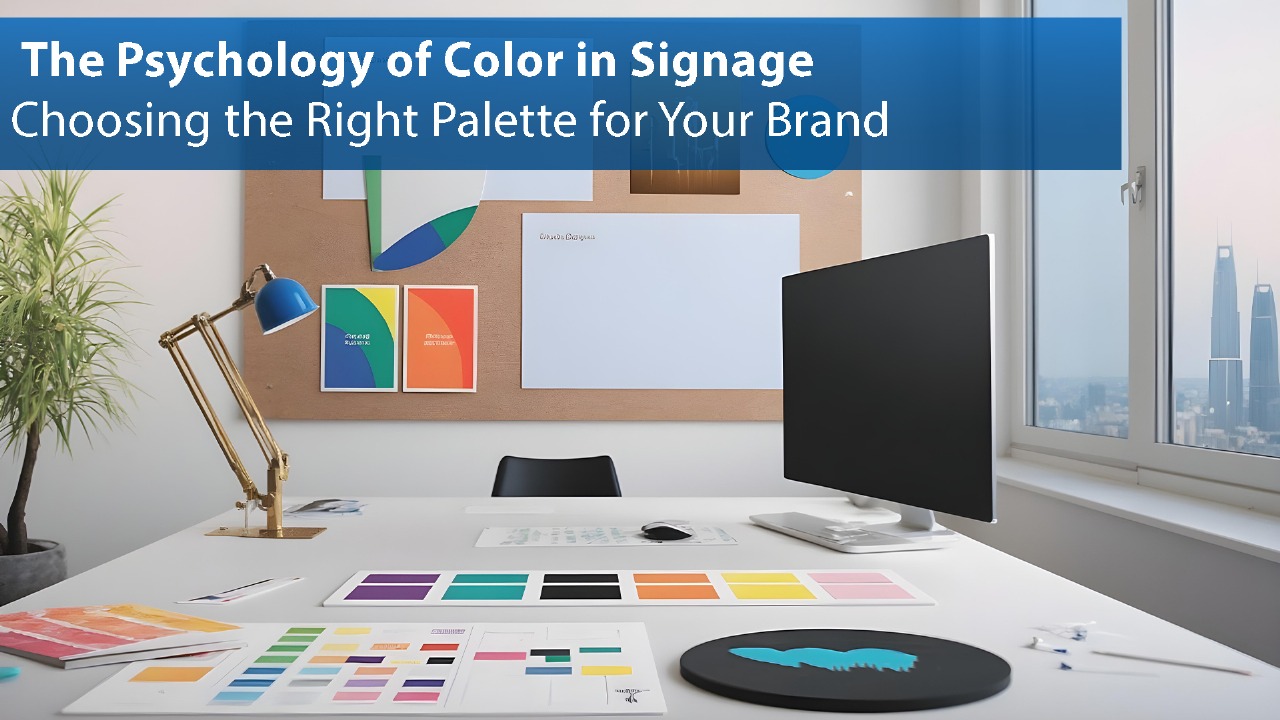
Introduction
Think about the last time a sign stopped you in your tracks. Was it the clever words? The bold design? Or, let’s be honest …was it the color?
Color isn’t just pretty decoration. In signage design, it’s a powerful branding tool that influences how people see, feel, and remember your business. The right palette can boost visibility, attract the right audience, and even affect buying decisions. That’s the magic of the psychology of color in signage.
In this guide, we’ll break down how colors impact branding, the best colors for business signage, and how to create a color palette for signage design that actually works for your brand identity.
Why Color Psychology Matters in Signage
We process visuals 60,000 times faster than text … and color makes up the first impression almost instantly. Studies show up to 90% of people’s snap judgments about products and businesses are based on color alone.
Here’s why:
- Colors influence emotions. Warm shades like red and orange create urgency, while cooler tones like blue and green build trust.
- Colors drive actions. Ever wonder why “SALE” signs are usually red? It pushes urgency and grabs attention.
- Colors boost recognition. A consistent color palette helps customers remember you (think McDonald’s red and yellow, or Starbucks’ green).
If you’re not paying attention to color psychology branding, your signage could be working against you.
Breaking Down Colors and Their Meanings in Signage
🔴 Red: The Urgency Maker
Red is powerful, bold, and energizing. It’s one of the most popular choices in signage design trends because it demands attention.
- Best for: Restaurants, clearance sales, entertainment venues.
- Associations: Passion, urgency, appetite, action.
- Pro tip: Use red sparingly … too much can feel overwhelming.
🟠 Orange: Friendly & Fun
Orange combines red’s energy with yellow’s warmth. It’s playful, energetic, and approachable.
- Best for: Youth brands, fitness centers, casual dining.
- Associations: Creativity, affordability, friendliness.
- Pro tip: Perfect for small businesses that want to look inviting without being too aggressive.
🟡 Yellow: Optimism & Visibility
Yellow is the most eye-catching color, which is why it’s often used for attention-grabbing signage.
- Best for: Cafés, kid-focused brands, innovative startups.
- Associations: Happiness, friendliness, positivity.
- Pro tip: Pair yellow with dark colors (like black) for maximum visibility.
🔵 Blue: Trust & Dependability
Blue is calm, stable, and reliable. That’s why it dominates in corporate and healthcare signage.
- Best for: Banks, clinics, tech companies.
- Associations: Security, trust, professionalism.
- Pro tip: If you want people to feel safe with your brand, blue is your go-to.
🟢 Green: Growth & Eco-Friendliness
Green screams nature and balance. In 2025, it’s especially strong in eco-friendly signage design trends.
- Best for: Health, food, sustainability brands.
- Associations: Growth, freshness, wealth, balance.
- Pro tip: Earthy greens feel natural; bright greens feel energetic.
🟣 Purple: Luxury & Imagination
Purple has long been tied to royalty and creativity. It feels premium and slightly mysterious.
- Best for: Beauty, wellness, luxury brands.
- Associations: Elegance, creativity, spirituality.
- Pro tip: Works well as an accent color for luxury signage.
⚫ Black: Bold & Sophisticated
Black is all about power and prestige. Sleek, minimal signage in black is a go-to for luxury branding.
- Best for: Fashion, tech, high-end businesses.
- Associations: Strength, elegance, authority.
- Pro tip: Pair black with metallics or white for modern impact.
⚪ White: Simplicity & Cleanliness
White creates space, clarity, and minimalism. It makes signage feel modern and professional.
- Best for: Wellness brands, healthcare, minimalist businesses.
- Associations: Purity, simplicity, peace.
- Pro tip: Works best when combined with a bold accent color.
The Cultural Side of Color Psychology
Colors don’t mean the same thing everywhere. When using color psychology in signage, always consider your audience’s background.
- In the West, white suggests purity. In some Asian cultures, it represents mourning.
- Red is urgency in the West but luck and prosperity in China.
If your brand works globally, adapt your signage colors to fit local meanings.
How to Choose the Right Color Palette for Signage
- Define Your Brand Personality
Ask yourself: What should customers feel when they see my sign?
- Excitement? → Red, orange.
- Trust? → Blue, gray.
- Eco-friendliness? → Green, earthy tones.
- Stick to 2–3 Core Colors
Keep it simple and consistent. A balanced brand color palette usually has:
- Primary color: Defines your brand (e.g., Coca-Cola’s red).
- Secondary color: Adds contrast.
- Accent color: Highlights calls-to-action.
- Prioritize Visibility
What works on paper may not work outdoors. High contrast = better readability. Yellow on black, white on red, or black on white are classic signage color combinations.
- Test It in Real Life
Always print or mock up your design before finalizing. A color that looks sharp on screen may fade in outdoor light.
Famous Examples of Color in Signage Branding
- McDonald’s (Red + Yellow): Red for appetite, yellow for happiness = fast food perfection.
- Starbucks (Green): Green reflects calm, community, and sustainability.
- FedEx (Purple + Orange): Purple signals reliability, orange adds speed and energy.
These examples prove that the best colors for business signage are those that align perfectly with your brand’s values.
Common Mistakes to Avoid in Signage Colors
- Using too many colors: Confuses your audience. Stick to a palette.
- Ignoring contrast: Fancy fonts and low-contrast palettes = unreadable signs.
- Copying competitors: Your colors should differentiate, not blend in.
Wrapping It All Up
Colors aren’t just decoration they’re psychological cues that shape how people see your brand. In signage, the right palette can:
- Draw attention instantly.
- Evoke emotions aligned with your brand.
- Strengthen brand recognition and loyalty.
Whether you’re designing a new sign or refreshing an old one, remember: your color palette for signage design is one of your most powerful branding tools. Choose wisely, test thoroughly, and let your colors tell your story.
Related Posts
Benefits of LED Advertising Screens for Dubai Businesses
The New Face of Urban Advertising You’ll notice that Sheikh Zayed Road, Downtown Dubai, and…
Top 10 Signage Trends in the UAE for 2025
Signage has evolved into more than just a marker in a city where every corner…
How to Choose the Right Signage Company in Dubai
Introduction: More Than Just a Sign In Dubai’s fast-growing business landscape, your signage is more…
How to Choose the Best LED Screen Supplier in UAE: What to Look For?
In a city like Dubai, where every business is trying to grab attention, a high-quality…
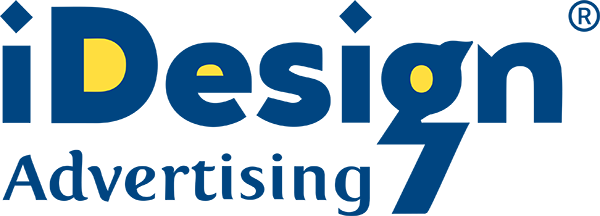


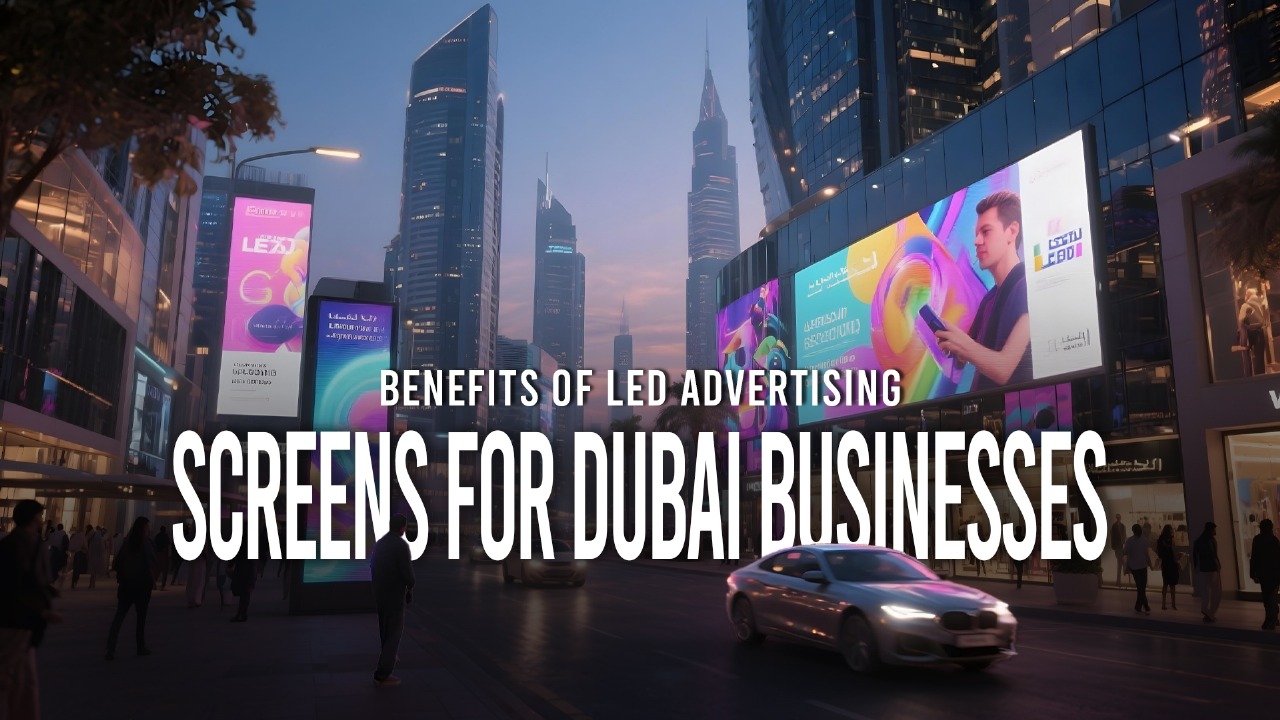

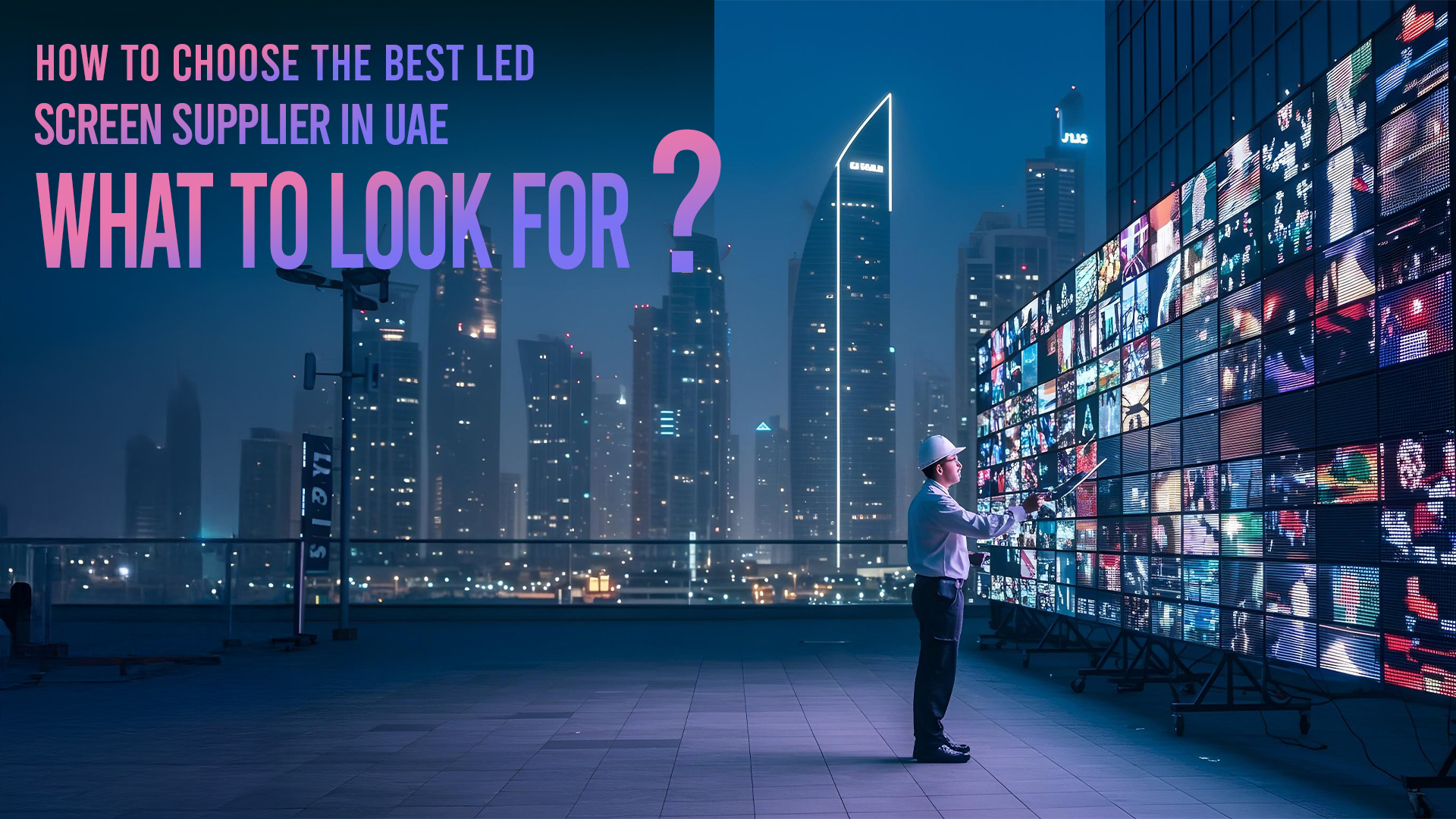

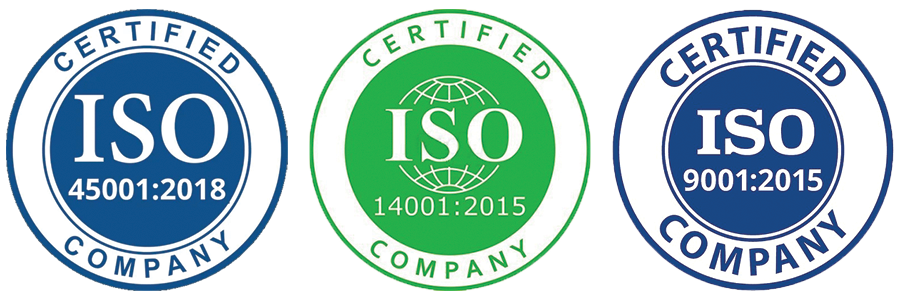
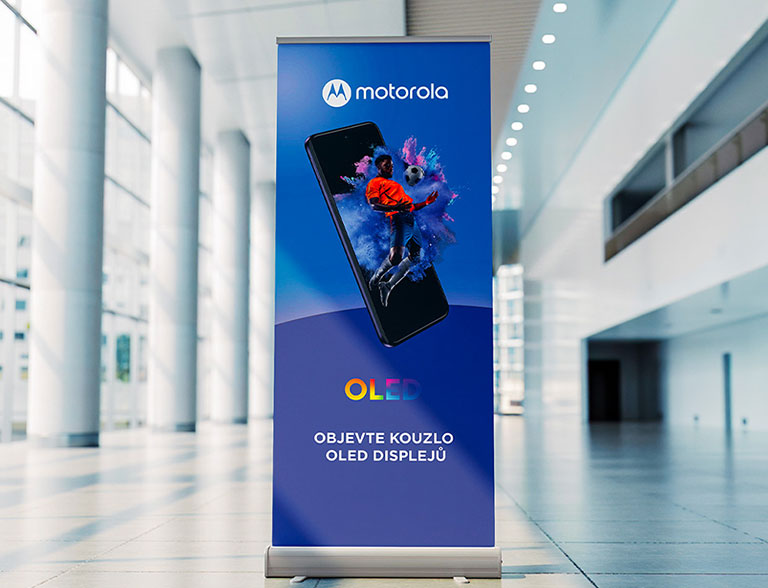




diş beyazlatma
September 7, 2025Thank you for sharing. Thank you for post.